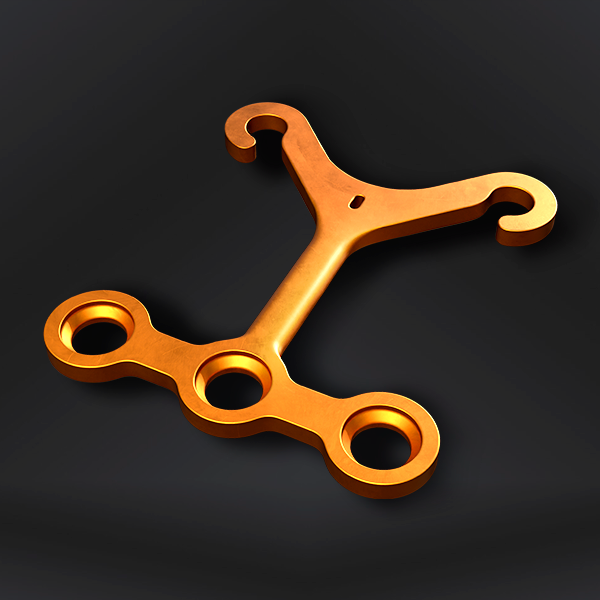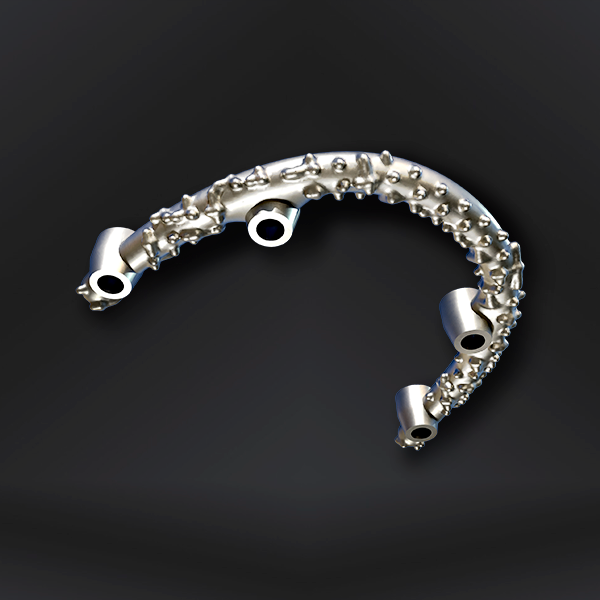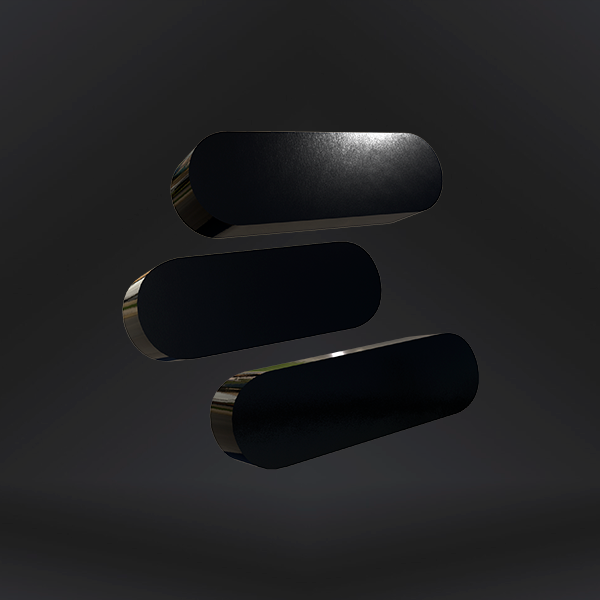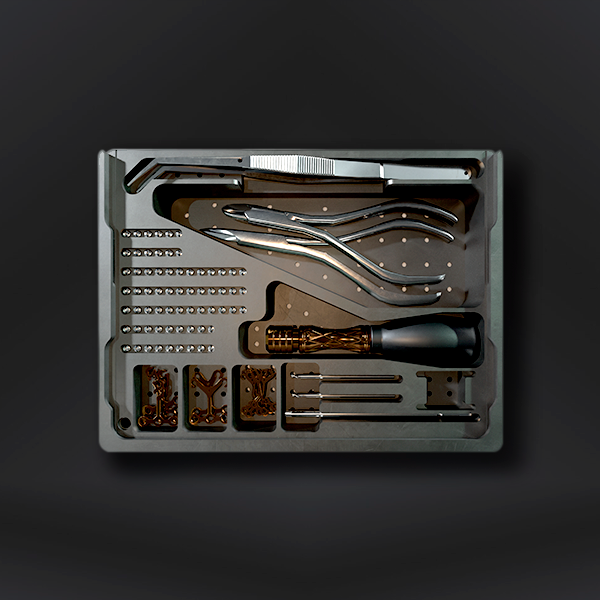CustomLIFE
Bone reconstruction
The CPMH Reconstruction System (CustomLIFE) is an implantable medical device intended for the rehabilitation of atrophic jaws.
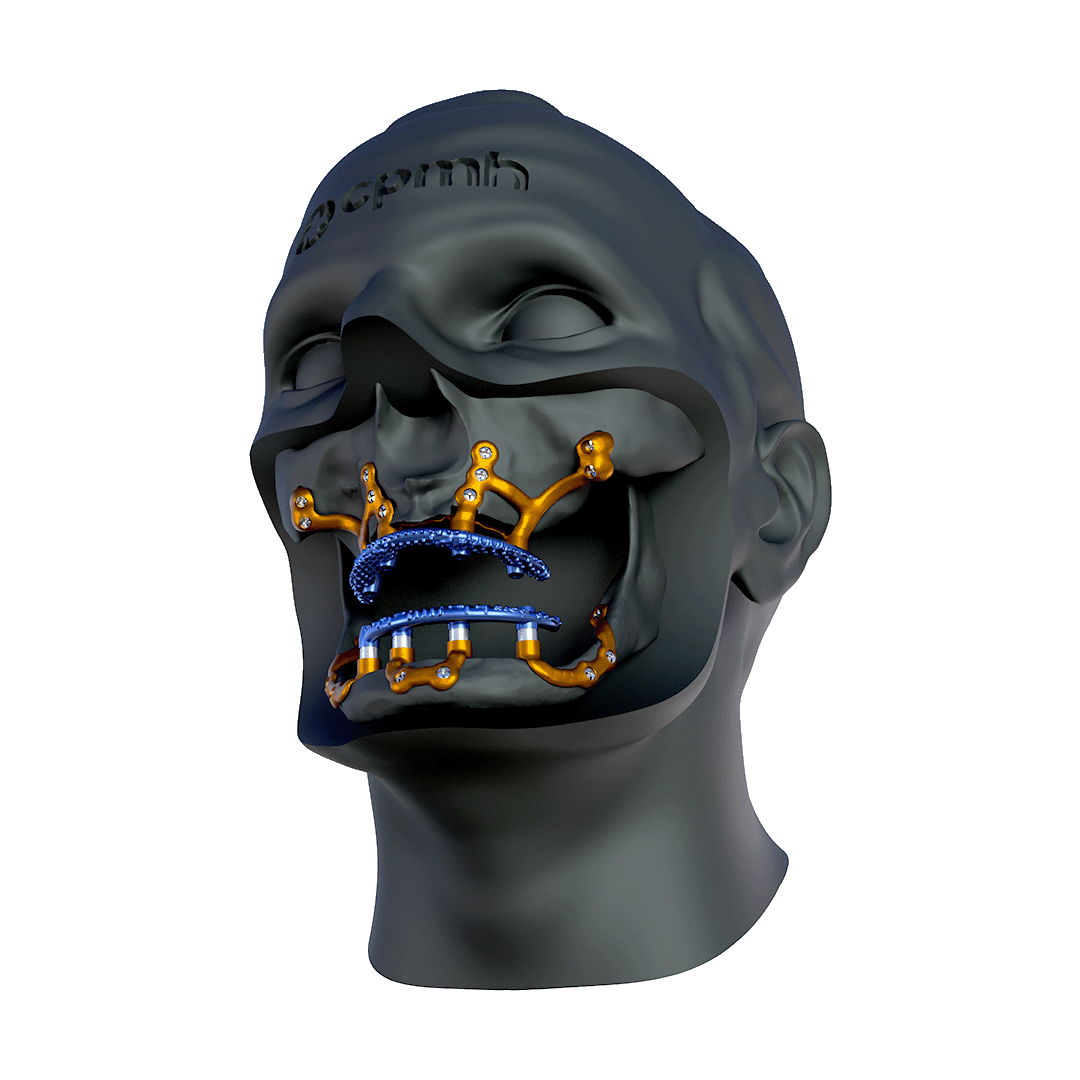
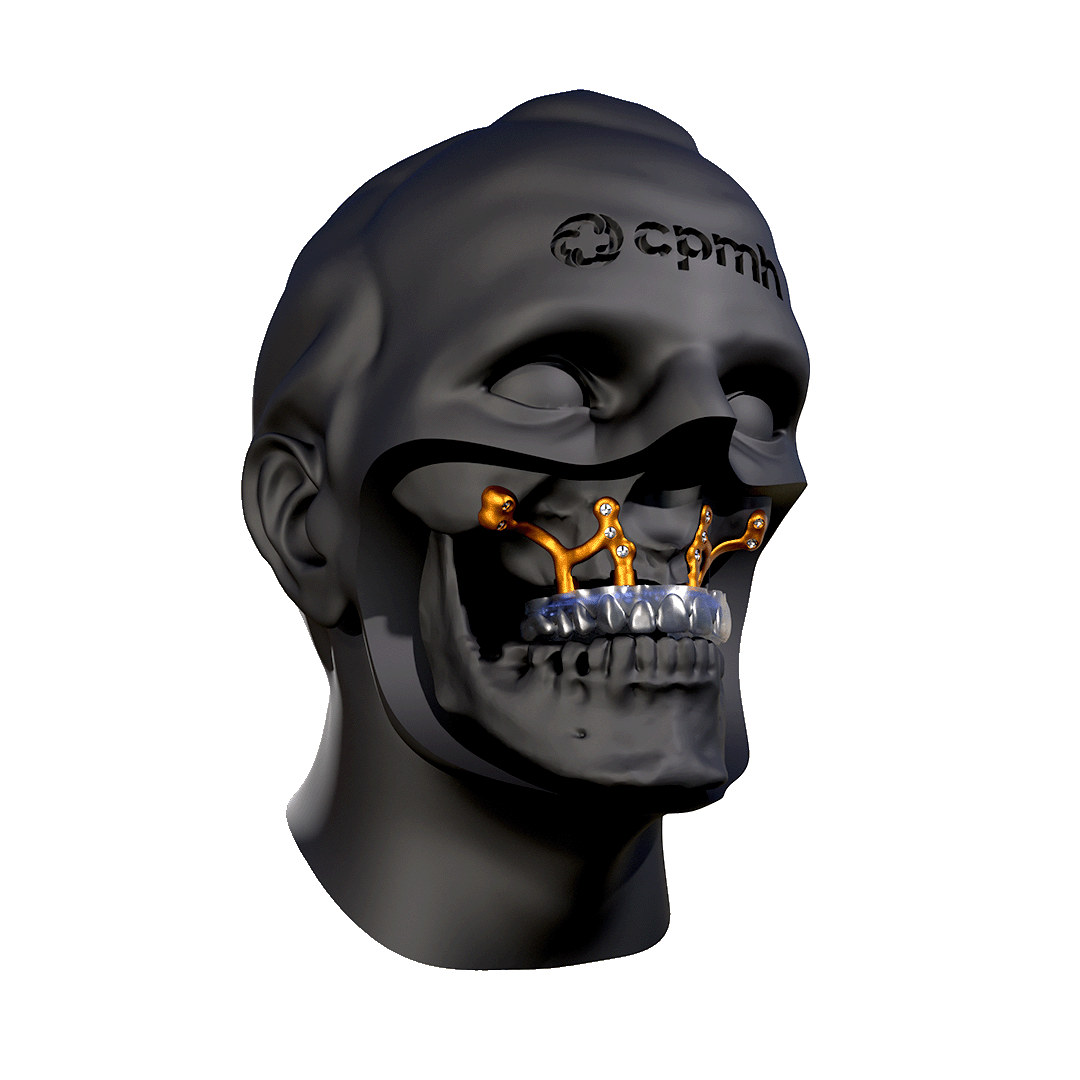
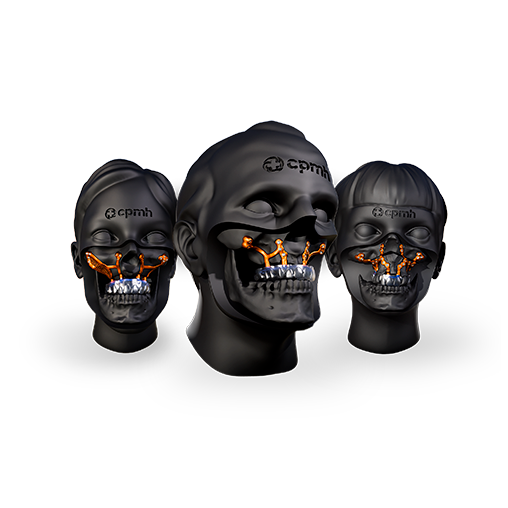
Patient Matched System
CustomLIFE is an advanced, hi-tech solution, manufactured following strict quality standards, in accordance with current regulatory requirements, being a safe and effective implant.
- Personalized and accurate;
- Excellent primary stability;
- Made of titanium;
- Project validation by structural analysis using finite elements;
- Suitable for any type of bone structure;
- Immediate and functional reconstruction, without bone grafting
CustomLife
Discover the technology
This is a patient-matched system manufactured from titanium alloy using additive manufacturing techniques (3D printing).
The manufacturing technique adopted by CPMH allows for the customization of the device, which is carried out based on the patient’s anatomical characteristics obtained from imaging tests (CT scan).
The entire process uses specific 3D modeling software validated according to our quality parameters.

Solution for immediate loading rehabilitation of edentulous patients with atrophic jaws.
Count on predictability
CustomLife makes patient rehabilitation and primary stability success predictable. Offer a safe and precise procedure to the patients by means of a virtual 3D surgical planning and guided surgery.


IT COSTS PATIENTS LESS
Cover your fees and charge patients less by resorting to public healthcare or private medical insurance that may cover up to 100% of the device cost. Consult the situation in your country.

TECHNOLOGY AND INNOVATION
Implant designed based on a CT scan following the patient's anatomy, 3D-printed in titanium. Achieve lasting and predictable results with CPMH's cutting-edge technology.your country.

CLINICAL PRACTICITY
Immediate loading with high mechanical stability in a single guided procedure.your country.
Contraindications
- Suspected or pre-existing infections at or near the implantation site.
- Conditions of immunosuppression or that hinder the healing process (e.g. smoking, alcoholism, uncontrolled diabetes).
- Presence of qualitative or quantitative bone deficiency, or potential situation of impairment of the CustomLife support/fixation.
- Bruxism, whether primary or secondary.
- Patients with incomplete or immature bone development (e.g. children).
- Implants that present little stability, instability or damage.
- Disorders that make it difficult to adhere to medical advice during the treatment phase.
- Allergy to any component present in the implant.
Installation Procedure
Step 1: Anesthetize the patient
Step 2: Make the incision and detach the surgical flap from the area where CustomLife will be installed
Step 3: Position the surgical guide over the patient’s bone surface and stabilize the guide in place with the 2.00 mm screws in the hex holes.
Step 4: Using the 1.5 mm drill, drill the circular holes, which will be the points of the subperiosteal implant.
Step 5: Prepare the bone bed following the flat surfaces of the surgical guide.
Step 6: Remove the surgical guide.
Step 7: Test the fit of CustomLife on the bone preparation performed. If necessary, make adjustments to the bone to obtain a precise fit.
Step 8: Fix the CustomLife through the most anterior
holes. Any holes that are not present must be made with the 1.5 mm drill bit.
Step 9: Install the screws alternately, without tightening them completely. After positioning all the screws, apply the necessary torque
for final tightening.
Step 10: Install the connectors on the CustomLife. Use the appropriate tools for installation. The torque limit for installing the connectors is 20 N.cm; values above this may cause the connector’s stabilizing screw to break.
Step 11: Install the connector scarifiers. Use the appropriate tools for installation. The torque limit for installing the connectors is 10 N.cm.
Step 12: Suture the incision site.
Cautions and Warning
- NON-STERILE product! Sterilize before use.
- SINGLE USE product. DO NOT REUSE OR REPROCESS.
- The Ancorfix system must be installed by a qualified professional, in a surgical environment and with properly sterilized instruments.
- Ancorfix system plates must be shaped prior to implantation.
- Applying excessive loads increases the risk of deformations, cracks and fractures in the implant.
- Do not use the plates in case of fractures or signs of fragility due to the conformations. Discard and use a new plate.
- Do not use the product if the packaging is damaged or the seal is broken.
- Do not use the product if found damaged.
- Do not use the product after the expiration date.
- Do not use if the model/reference presents discrepancies.
- Use only compatible products manufactured by CPMH to ensure the safety and effectiveness of the device installation.
- If you have any questions about the product or usage technique, please contact CPMH.
To download the flyer in PDF, click below
To download technical information in PDF, click below
CUSTOMLIFE IN PRACTICE
See some surgical cases
Total Maxillary Reconstruction















Partial Mandible Reconstruction














Total Maxillary Reconstruction
















BLOG & NEWS
Follow our news, articles and events

Maxillary Expansion with Custom Palatal Guide: Precision and Comfort in Orthognathic Surgery
A Revolution in Maxillary Expansion: How Custom Palatal Guides Are Transforming Surgical Outcomes Maxillary expansion following Le Fort I osteotomy remains one of the greatest
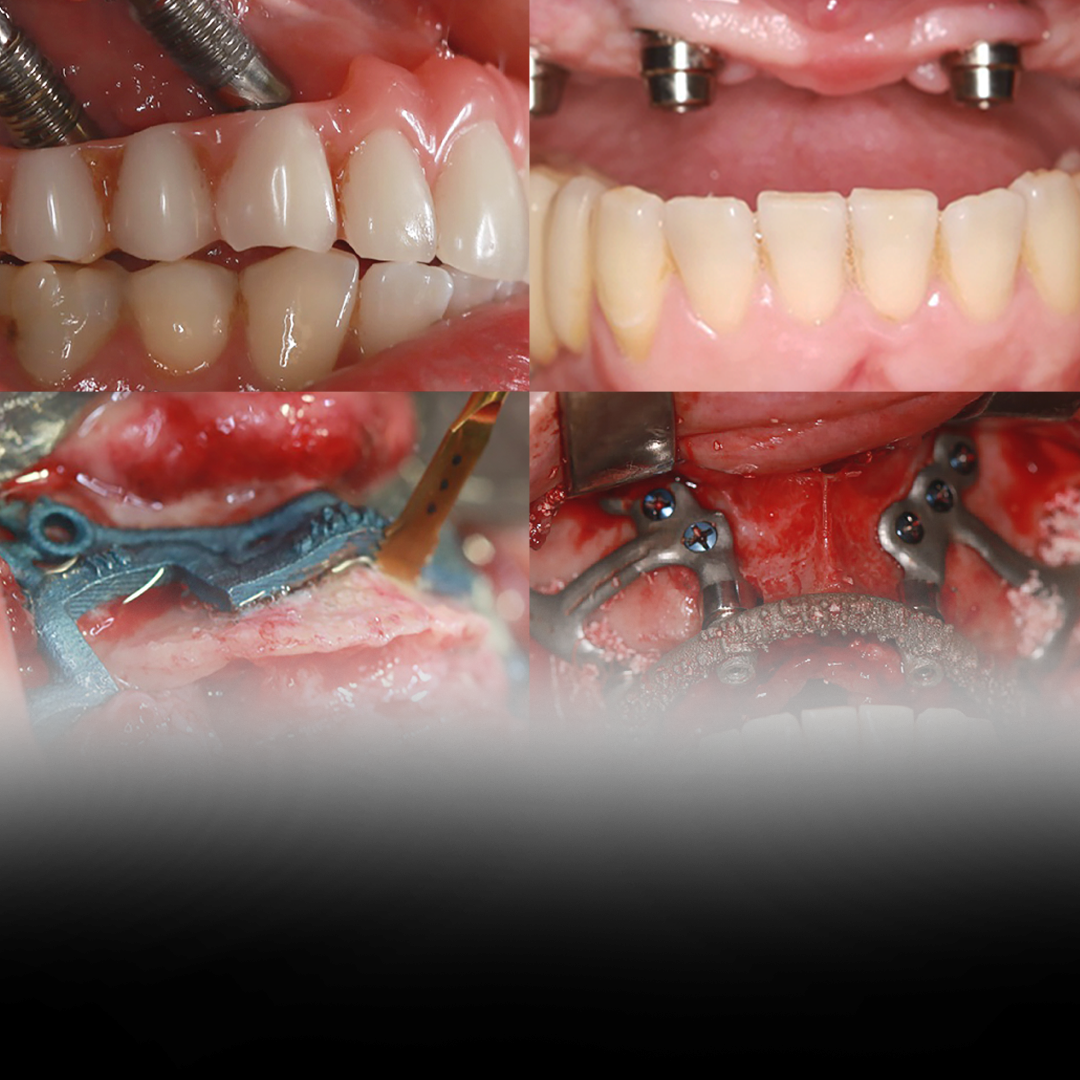
Introduction to Maxillary Rehabilitation and Custom Subperiosteal Implants
Maxillary rehabilitation is an essential field within oral and maxillofacial surgery, especially when dealing with patients who have suffered complications resulting from zygomatic implants. This
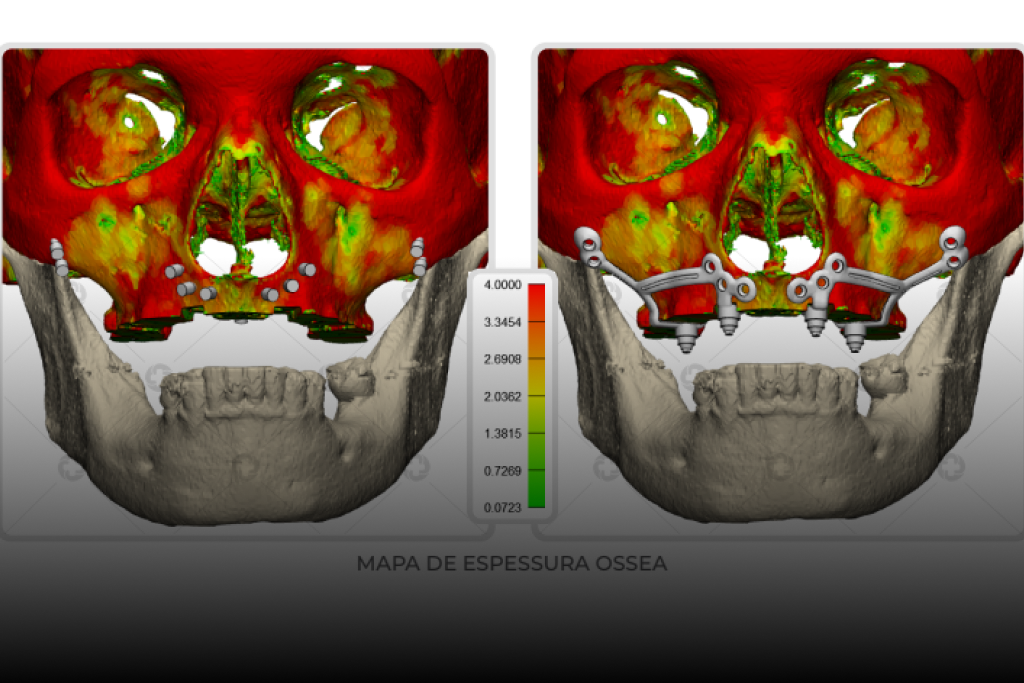
Rehabilitation of Atrophic Jaws with Customized Subperiosteal Implants: Advances and Perspectives in Modern Dentistry
Severe maxillary atrophy and edentulism have been recurring challenges in oral and maxillofacial dentistry, requiring increasingly innovative and personalized approaches for effective oral rehabilitation. A
